Wondering what size generator to run a furnace during a power outage? The answer to this query depends on the type of furnace you are using. If you have a gas furnace, you typically need 300W to 5,000W to start and run it efficiently. However, if you have an electric furnace, you will require anywhere from 15,000W to 20,000W.
An essential home backup becomes non-negotiable if you live in a remote area where extended power outages are common. For this reason, consider opting for solar generators from Jackery. These solar-powered generators provide clean, renewable, and quiet energy options, ideal for powering gas or even smaller electric furnaces without relying on fossil fuels.
Key Takeaways
- Gas furnaces typically require 300W to 5,000W, while electric furnaces demand up to 20,000W+.
- Gas furnaces are easier to support with portable or solar generators, as they consume only 300 - 1,200 running watts and around 2,000 watts at startup.
- The Jackery Solar Generator 5000 Plus offers scalable, long-term backup for gas furnaces.
- To size a generator properly, you must calculate running and surge wattage, add a safety buffer, and factor in additional household loads like refrigerators or lights.
How Many Watts Does a Furnace Use?
The wattage required to run a furnace depends on whether it is electric or gas-powered. A gas furnace might draw 30 amps to 60 amps, whereas an electric unit could require 50 amps to 100 amps. This makes the electric furnace more power-intensive. That’s why electric furnaces use between 15,000W and 20,000W.
In contrast, gas furnaces are far more energy-efficient in terms of electrical usage. On average, gas furnaces draw between 300 and 1,200 watts, with startup surges occasionally spiking slightly higher. Here’s a breakdown of the wattage usage of gas furnaces, depending on their practical usage:
- For smaller houses and apartments: 300W to 500W
- Average-sized houses: 500W to 700W
- Commercial setup and large houses: 800W to 1,000W
How Many Starting and Running Watts Does a Furnace Use?
If you have a gas furnace that provides heat to your home during winter, it would require around 1,500W to 2,500W starting watts, and then it will settle into a running wattage of 300W to 1,200W.

However, an electric furnace relies on electric resistance to generate heat, which leads to enormous and sustained power draw. For this reason, it would demand 15,000W to 20,000W at startup and will need 10,000W to 50,000W to perform effective operation.
Here’s a simple table that helps you easily understand how many watts a furnace uses:
|
Furnace Type |
Starting Watts (Surge) |
Running Watts |
|
Gas Furnace (Small) |
1,500W |
300W - 600W |
|
Gas Furnace (Large) |
2,000W - 2,500W |
800W - 1,200W |
|
Electric Furnace (Small) |
15,000W - 18,000W |
10,000W - 20,000W |
|
Electric Furnace (Large) |
40,000W+ |
30,000W - 50,000W |
How Much Energy is Needed To Run A Furnace?
The total energy required to run a furnace depends on its power consumption (in watts) and the duration of operation. To better understand what size generator to run a furnace at home, here’s a hypothetical scenario that would help you understand the energy requirements.
Suppose you aim to operate a gas furnace that runs at 800W for 10 hours daily. It would consume 8kWh daily. In contrast, an electric furnace operating at 30,000W for the same 10-hour period would require a massive 300kWh of energy per day. If you rely heavily on diesel generators to run your furnace, you will realize how it will affect your monthly utility bills.
Types of Generators Suitable for Furnace
There are several types of generators that you can use to power your furnace. While various generator types can power gas furnaces, electric furnaces require more careful planning due to their immense energy demands. Take a look at four popular options.
Solar Generators for Furnace
Solar generators provide a clean, quiet, and eco-friendly power backup solution. For instance, the Jackery Solar Generator 5000 Plus has a solid output and can be expanded to 60kWh by adding battery packs. This makes it an ideal portable solar generator for gas and electric furnaces.
Inverter Generators for Furnace
Inverter generators are known for clean energy output and quiet operation. They are ideal for powering sensitive electronics and small appliances, but most inverter models are capped at around 2,000W to 7,000W, which makes them suitable only for small gas furnaces.
Diesel Generators for Furnace
Diesel generators are known for powering heavy-duty appliances for long durations. They are known for their rugged performance and can deliver 10,000W to 50,000W+. However, these generators are loud and emit harmful fumes, making them impractical for residential usage.
What Size Generator to Run a Furnace?
Now that you understand how much energy is needed to run a furnace and have analyzed different types of generators, take a look at understanding what size generator to run a furnace during extended power outages in winter. Here’s how to calculate what size of generator is needed to run a furnace:
Step 1: Find the Running Wattage
The first step is identifying how much power your furnace consumes while running continuously. This includes the blower fan, control board, and safety switches. Most residential gas furnaces consume between 300W and 1,200W, depending on their size and model.
In order to identify the exact running wattage, you can check the manufacturer’s guide or the product’s manual. For this calculation, consider having a gas furnace with a 700W running wattage.
Step 2: Determine the Surge Wattage
Gas generators have blowers that require extra power during startup. This surge wattage can be 2 to 3 times the running wattage.
So, if your blower uses 700W continuously, then:
Surge Wattage = 700W x 3 = 2,100W
This means your generator must support a surge load of at least 2,100W to operate a 700W gas furnace.
Step 3: Add a Safety Buffer
Consider adding a 20% safety buffer to the surge wattage to avoid pushing your generator to its maximum output. This would work as a cushion that protects your appliances and extends your generator’s lifespan.
Buffered Surge Wattage: 2,100W x 0.2 = 420W
Step 4: Account for Extra Load
Suppose you require your generator to power your furnace, among other appliances, like a phone charger (20W), smart thermostat (50W), WiFi router (30W), and three LED bulbs (30W). In that case, you will also need to consider their energy requirements.
Total Extra Load = 30 + 30 + 20 + 50 = 130W
Combined Wattage (Surge) = 2,520W + 130W = 2,650W watts
In such cases, you will require a generator that produces at least 2,650W at peak demand. For a smooth operation, it’s recommended to have a 3000-watt generator to ensure your 700W gas furnace runs smoothly alongside other household appliances.
Note: The abovementioned example is of a gas furnace. You can follow the same steps to evaluate what size generator to run an electric furnace.
How to Calculate Cost Per Hour Usage of Furnace?
After analyzing what size generator you need to run the furnace, you must also consider the cost of getting an essential home backup solution. Here’s a rough estimation that would provide the cost of running a gas and electric furnace using diesel and solar generators.

To properly understand the cost of running a furnace, consider a few factors:
- A 10kW diesel generator at 50% load consumes 0.53 gallons per hour.
- According to the EIA, the cost of diesel in February 2025 was $3.68 per gallon.
- EIA has further reported that the average electricity rate in the United States is $0.1595 kWh.
|
Furnace Type |
Furnace Wattage |
Usage Duration |
Energy Used |
Grid Cost |
Diesel Cost |
Solar Generator Cost |
|
Gas Furnace |
300W |
8 hours |
2.4kWh |
$0.38 |
$4.68 |
$0.00 |
|
Gas Furnace |
1,200W |
8 hours |
9.6kWh |
$1.53 |
$18.72 |
$0.00 |
|
Electric Furnace |
10,000W |
8 hours |
80kWh |
$12.76 |
$156 |
$0.00 |
|
Electric Furnace |
20,000W |
8 hours |
160kWh |
$25.52 |
$312 |
$0.00 |
As you can see from the above table, using an electric furnace (10,000W) on your grid for 8 hours per day will cost you $12.76. However, using a diesel generator to run an electric furnace for 8 hours will cost you $156. That said, the cost of using a solar generator to power a furnace remains close to zero, needing only initial investment, and if that’s what you are aiming for, you can check out Jackery Solar Generators for your essential home backup solutions and for powering your home furnaces.
Jackery Solar Generators to Run Furnace
Since its inception in 2011, Jackery has positioned itself as a global leader in portable and renewable energy solutions, focusing on innovation, environmental responsibility, and accessibility. What sets Jackery apart is its portability and the ease of expanding the battery packs if needed. Here is one Jackery Solar Generator, ideal for those who wonder what size generator to run a furnace.
Jackery Solar Generator 5000 Plus
The Jackery Solar Generator 5000 Plus is a significant step forward for homeowners looking to stay prepared during extended power outages, especially when keeping essentials like a furnace running. Unlike traditional fuel-powered generators, the Jackery Solar Generator 5000 Plus offers a cleaner, quieter, hassle-free backup power alternative.
Appliance Working Hours
- Furnace (3500W) = 1.2H
- Refrigerator (900W) = 4.5H
- Microwave Oven (1200W) = 3.4H
- Washing Machine (2000W) = 2.0H
- AC (2000W) = 2.0H

Customer Review
“It works great and will run my whole home if power goes out.” -- Dennis Carslon
Solar Generator for Furnace FAQs
Can a 6500-watt generator run a furnace?
Yes, a 6,500-watt generator can run a gas furnace, even a larger unit with a powerful blower motor. This wattage allows enough room for surge wattage and additional essentials like lights or a refrigerator.
Can a portable generator run a furnace?
Absolutely! Most portable generators, ranging from 3,000W to 4,500W, can power a gas furnace without any issues. These generators are ideal for emergency heating, particularly when grid power is lost during storms. With solar-powered options now available, running a gas furnace cleanly and quietly without relying on fuel is possible.
How can I attach a generator to my furnace so that I don't lose heat when the power goes out?
A licensed electrician typically installs a transfer switch or an interlock kit to safely connect a generator to your furnace. Alternatively, you can get the Jackery Solar Generator 5000 Plus, which has a 20 ms backup mode.
What size generator is needed to run the furnace and refrigerator?
A refrigerator usually consumes 100 to 800 watts, depending on the model, and the furnace may need 400 to 1,200 watts, with both having startup surges. To run a gas furnace and a standard refrigerator, you will need a generator with at least 3,000W to 3,500W running wattage and 4,500 to 5,000 surge watts.
How many watts does a furnace use per day?
A gas furnace that consumes 700 running watts and runs for 10 hours per day will use around 7kWh daily. In contrast, an electric furnace running at 30,000 watts for the same duration could use 300kWh daily.
Conclusion
What size generator to use to run a furnace depends entirely on the type of furnace you own, how long you plan to run it, and whether you want to power additional appliances alongside it. For those looking to combine reliability with sustainability, Jackery offers solar power solutions ideal for the energy demands of gas furnaces, helping homeowners stay prepared without sacrificing their commitment to cleaner energy.
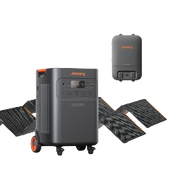
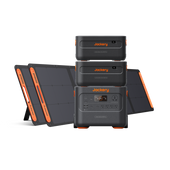
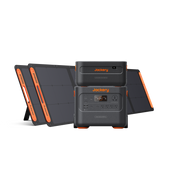
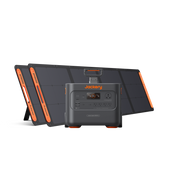

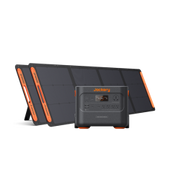
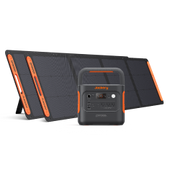

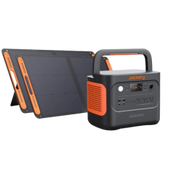
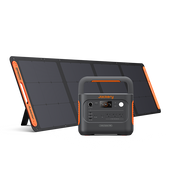
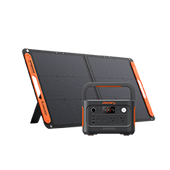

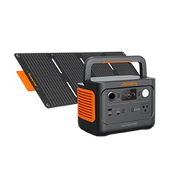

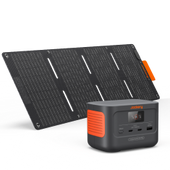
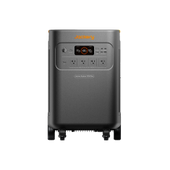

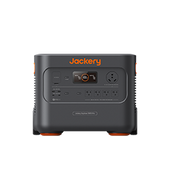
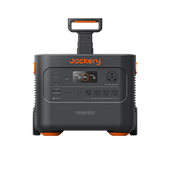
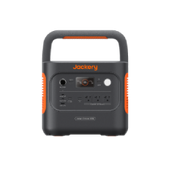
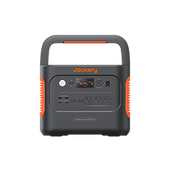

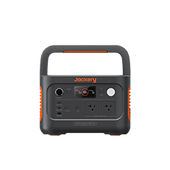
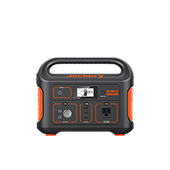
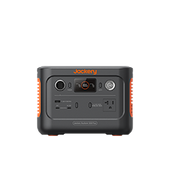

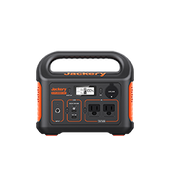
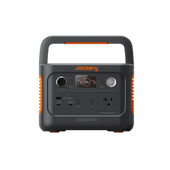
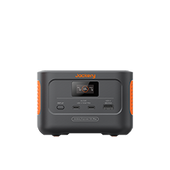



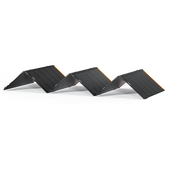
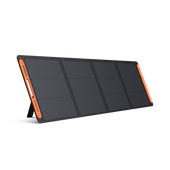
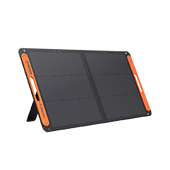
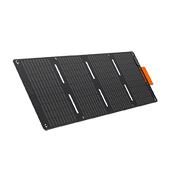

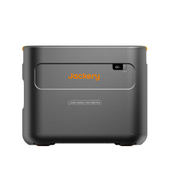
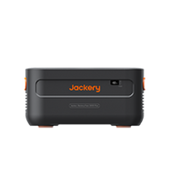


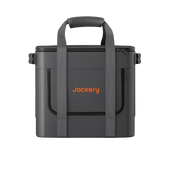
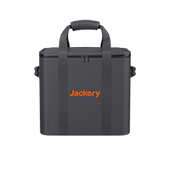
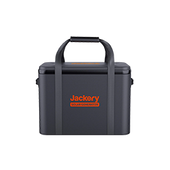

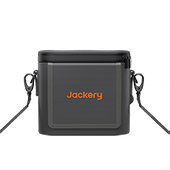
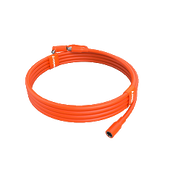



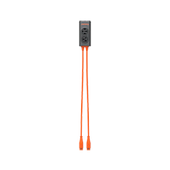
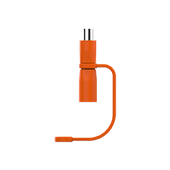
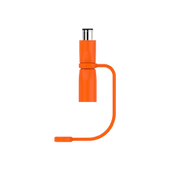


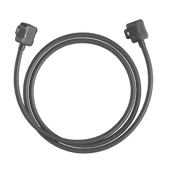
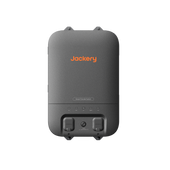
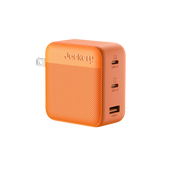




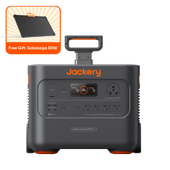
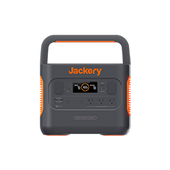
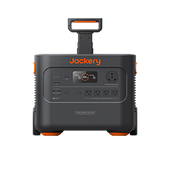
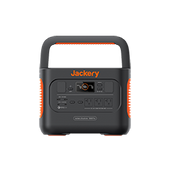
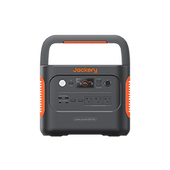
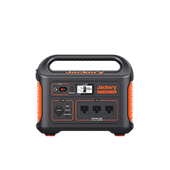
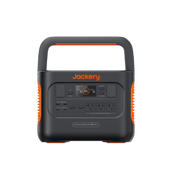
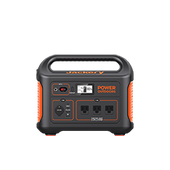
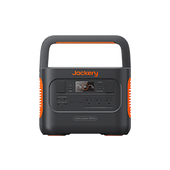
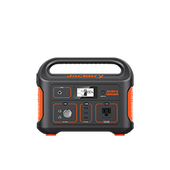
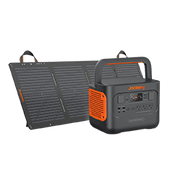
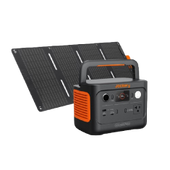
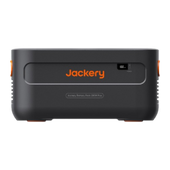
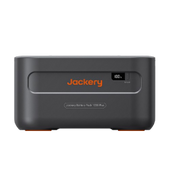


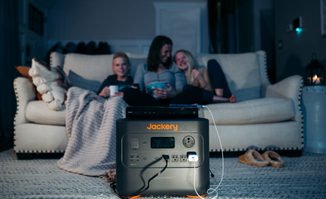

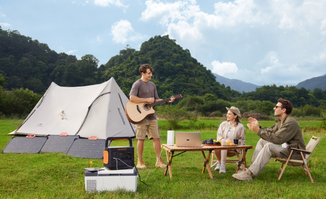
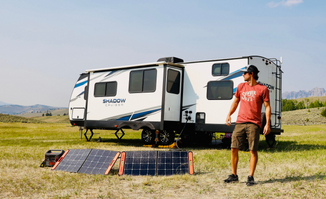











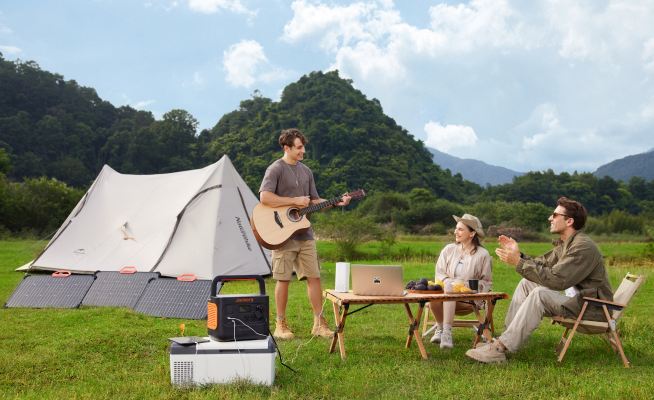
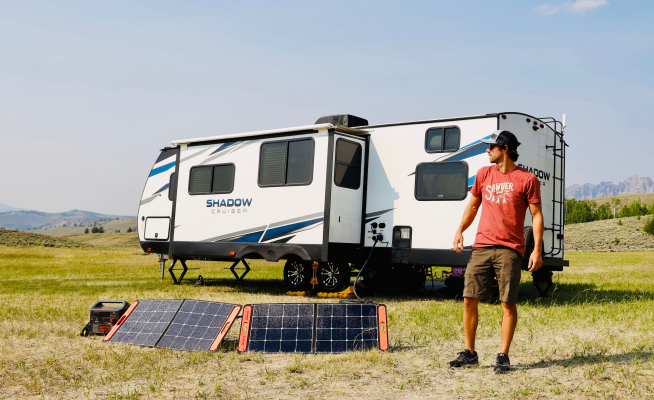

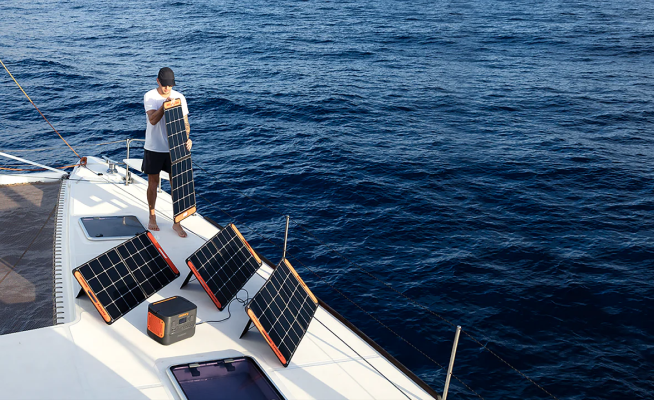
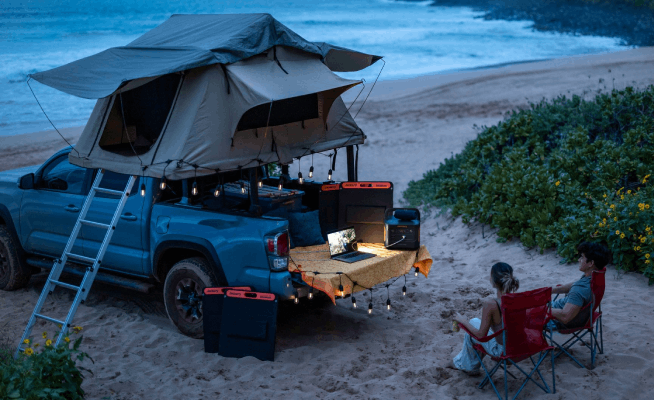
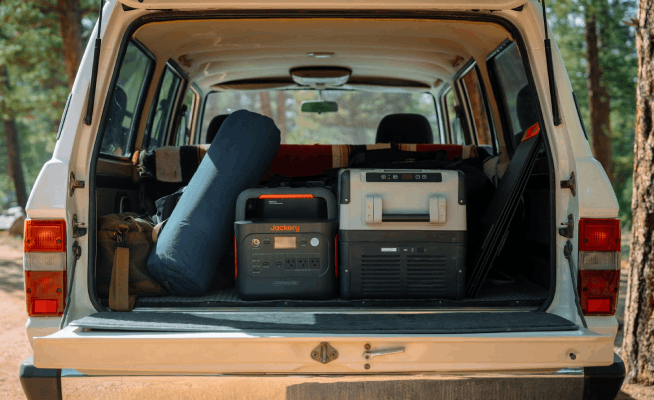


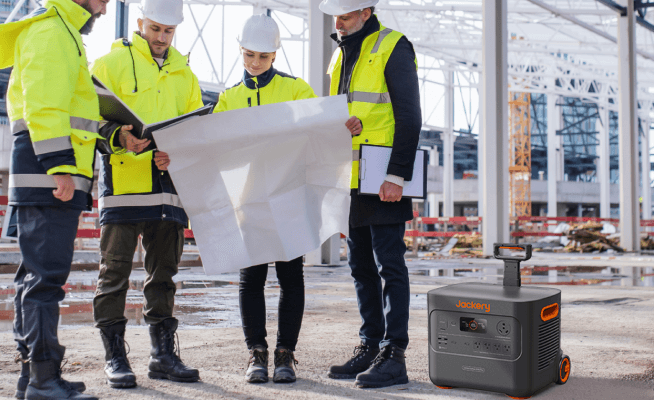














Leave a comment